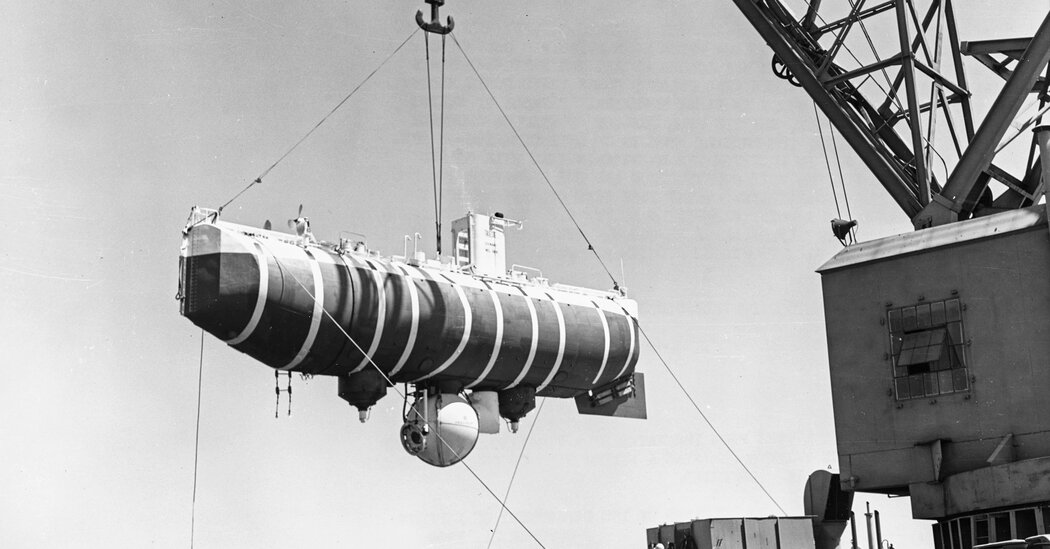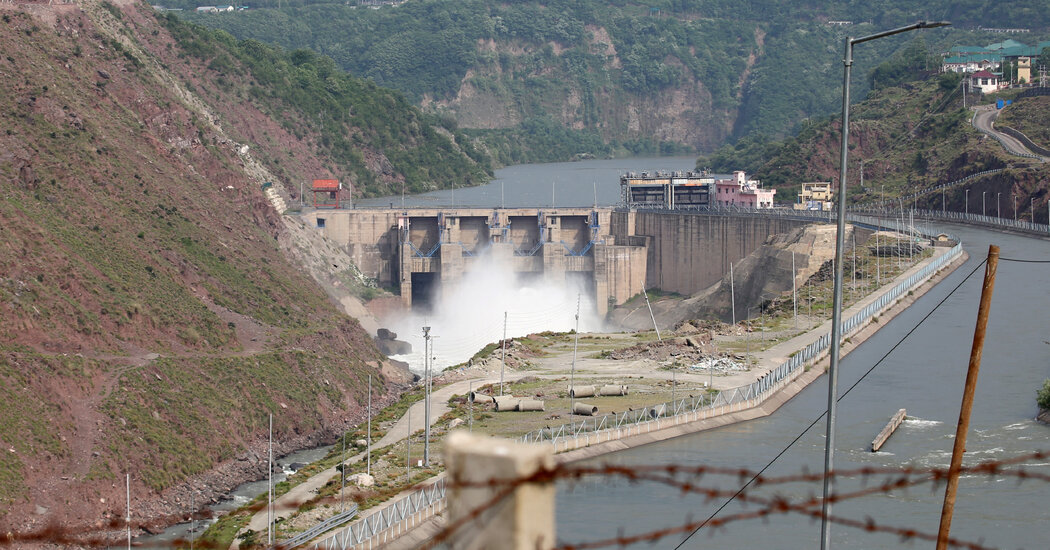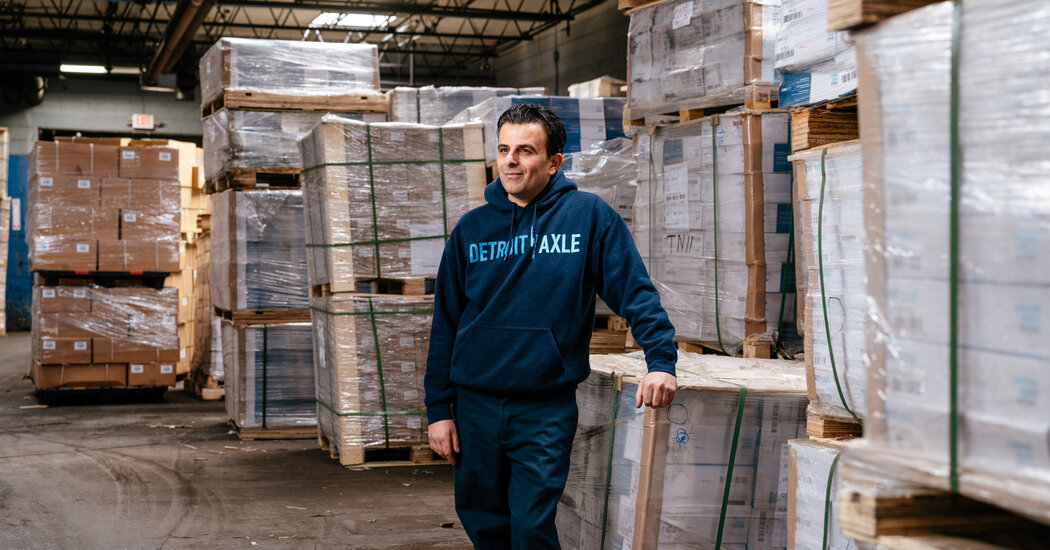Humans have visually documented about 1,470 square miles, or a mere 0.001 percent, of the deep seafloor, according to a new study. That’s a little larger than the size of Rhode Island.
The report, published Wednesday in the journal Science Advances, arrives as nations debate whether to pursue industrial mining of the seabed for critical minerals.
Some scientists argue that so little is known about the undersea world that more research on the deep seafloor is needed to responsibly move forward with extractive activities.
“More information is always beneficial, so we can make more informed and better decisions,” said Katy Croff Bell, a marine biologist who led the study and is the founder of the Ocean Discovery League, a nonprofit group that promotes seafloor exploration.
Learning more about the deep sea is essential for understanding how climate change and human activities are affecting oceans, she said. But the study also highlights the fundamental excitement of exploration that drives many marine scientists.
“You can just imagine what’s in the rest of the 99.999 percent,” Dr. Bell said.
Visual documentation of the deep sea, which started with the deep-sea submersibles Trieste in 1958 and then Alvin in 1960, lets biologists discover new organisms and observe how they interact with each other and their environments, providing insights into ocean ecosystems.




